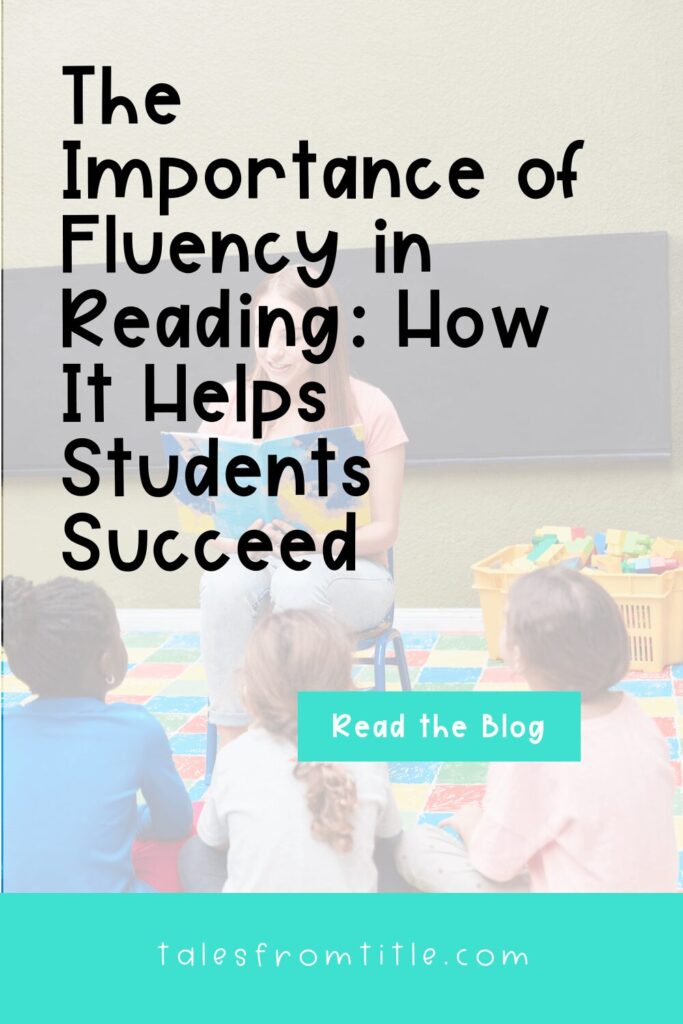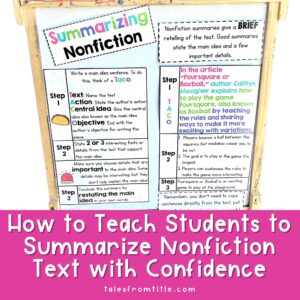It’s time for part six of my ten-part series on the components of reading! In this series, I discuss what each component of reading is, what it means, and why it’s important. If you missed the earlier posts, you can catch up here:
- Part 1 – What is Phonemic Awareness
- Part 2 – Why is Phonemic Awareness Important
- Part 3 – What is Phonics
- Part 4 – Why is Phonics Important
- Part 5 – What is Fluency
Today’s post wraps up the two-part mini-series on fluency. In this post, we’ll explore why fluency is important for building successful readers. Let’s get to it!
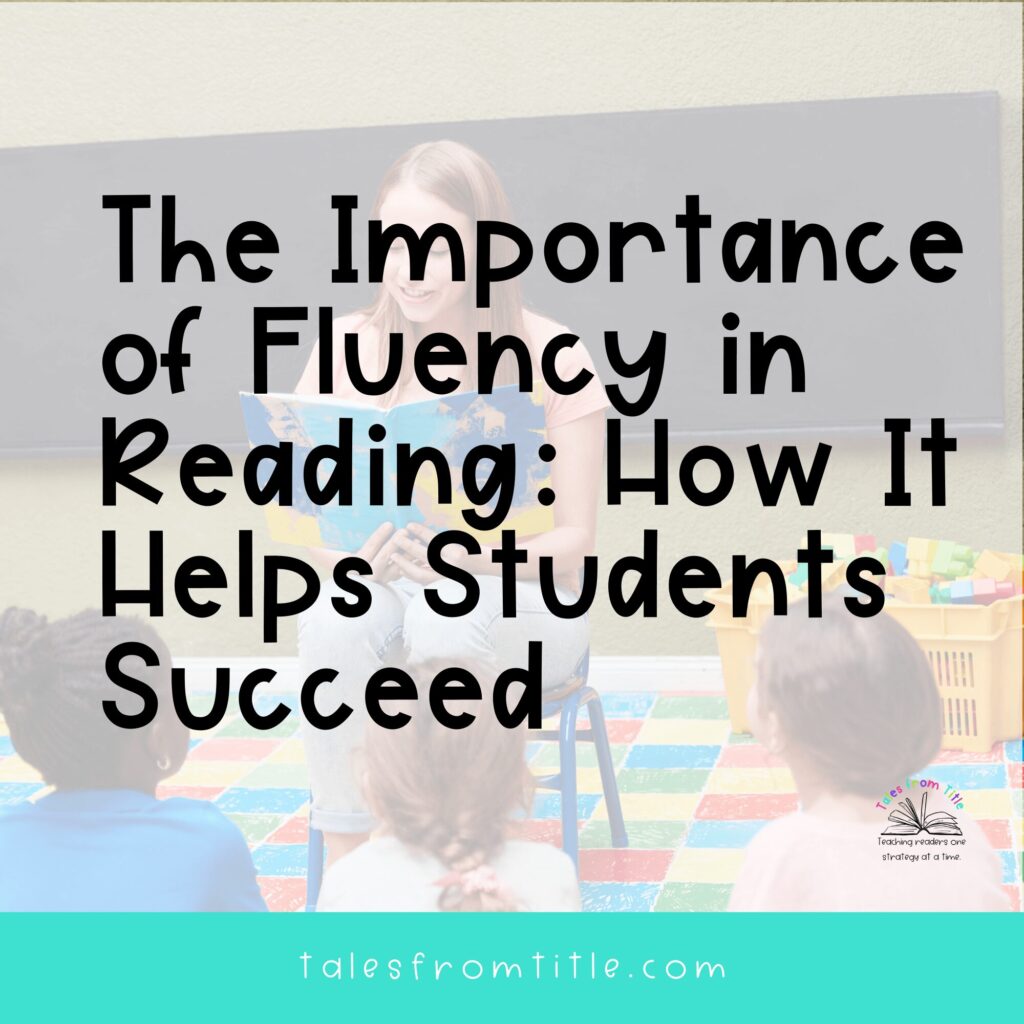
The Role of Fluency in Reading Development
Fluency as a Gateway Skill
Reading fluency is one of the five components of reading instruction, along with phonemic awareness, phonics, vocabulary, and comprehension. These components work together to develop strong, confident readers, but fluency plays a crucial role as students transition from learning to read to reading to learn.
As discussed in my last post, fluency is the ability to read with speed, accuracy, and prosody (expression), allowing students to focus on the meaning of the text rather than the mechanics of reading.
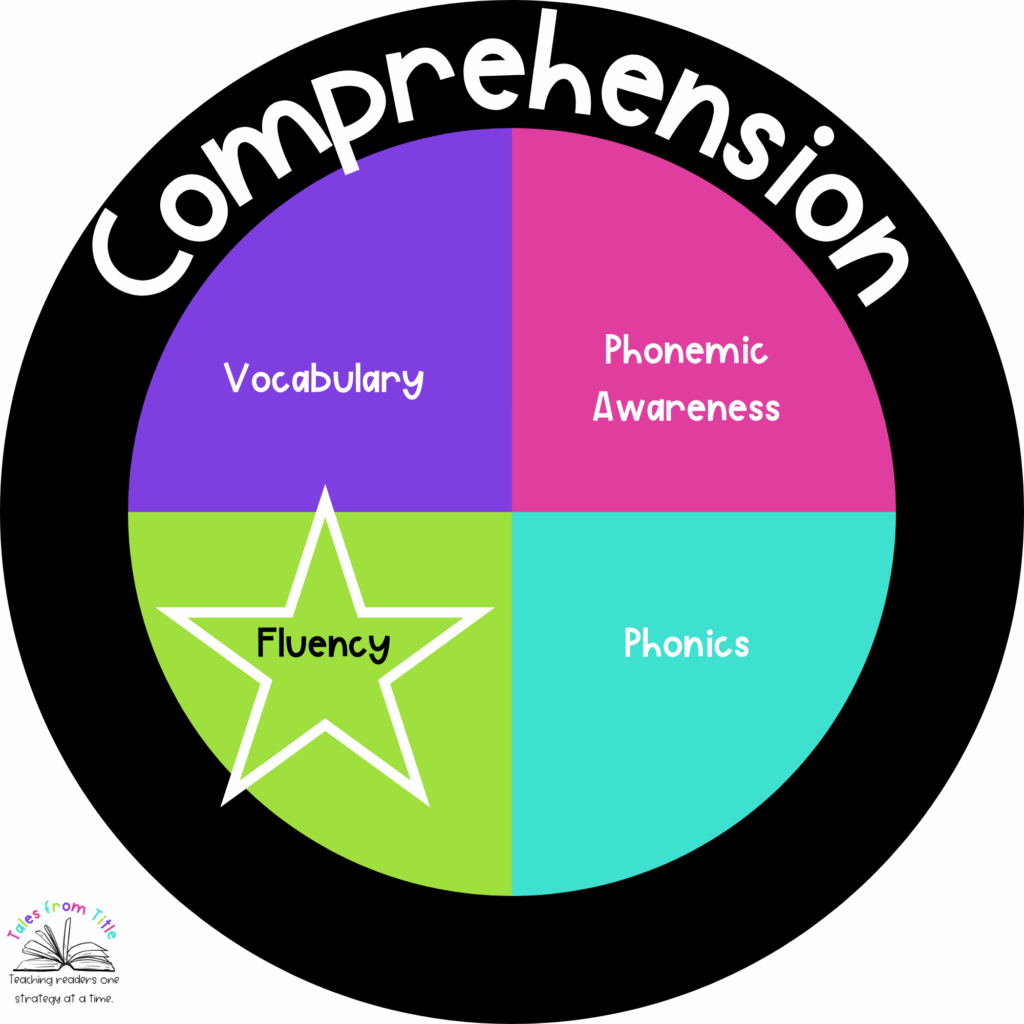
Fluency serves as a bridge between decoding and comprehension. When students read fluently, they no longer spend excessive time decoding individual words. This frees up mental energy to understand and enjoy the text.
Fluency is built on three main components:
- Accuracy: Reading words correctly.
- Rate: Reading at an appropriate speed.
- Prosody: Reading with expression and phrasing that match the text’s meaning.
When students achieve fluency, they comprehend the text on a deeper level and gain confidence.
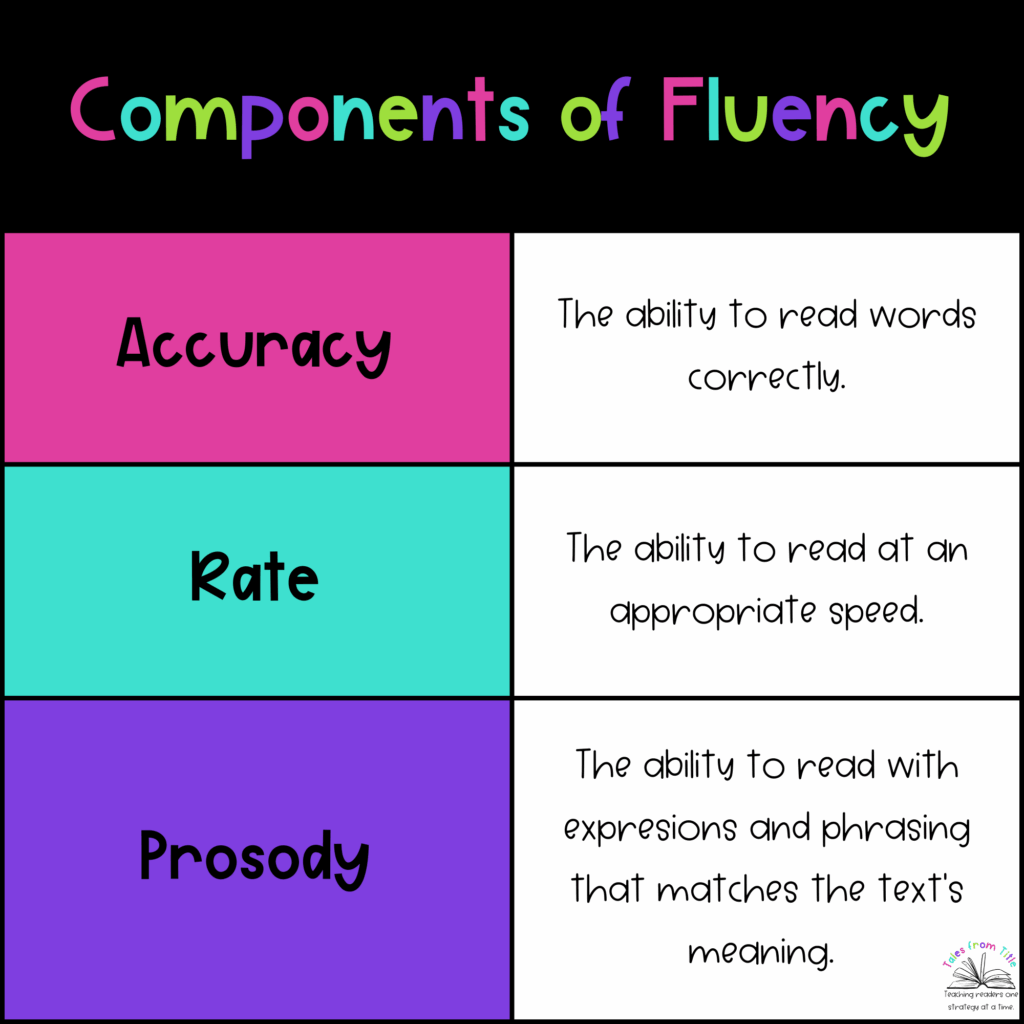
Fluency and Cognitive Load
Fluency reduces the cognitive load on a reader. Struggling readers often expend so much energy decoding words that they have little mental capacity left for comprehension. Fluent readers, on the other hand, can decode effortlessly, allowing them to focus on understanding and analyzing the text.
The Impact of Fluency on Comprehension
Research consistently shows a strong link between fluency and comprehension. However, there are exceptions to this rule. Fluent readers can identify main ideas, infer meaning, and connect ideas within and across texts more effectively than peers who struggle with fluency.
For example, a student who stumbles through every other word in a passage will likely miss key details and lose the thread of the story. In contrast, a fluent reader moves smoothly through the text, picking up context clues and nuances that enhance their understanding.
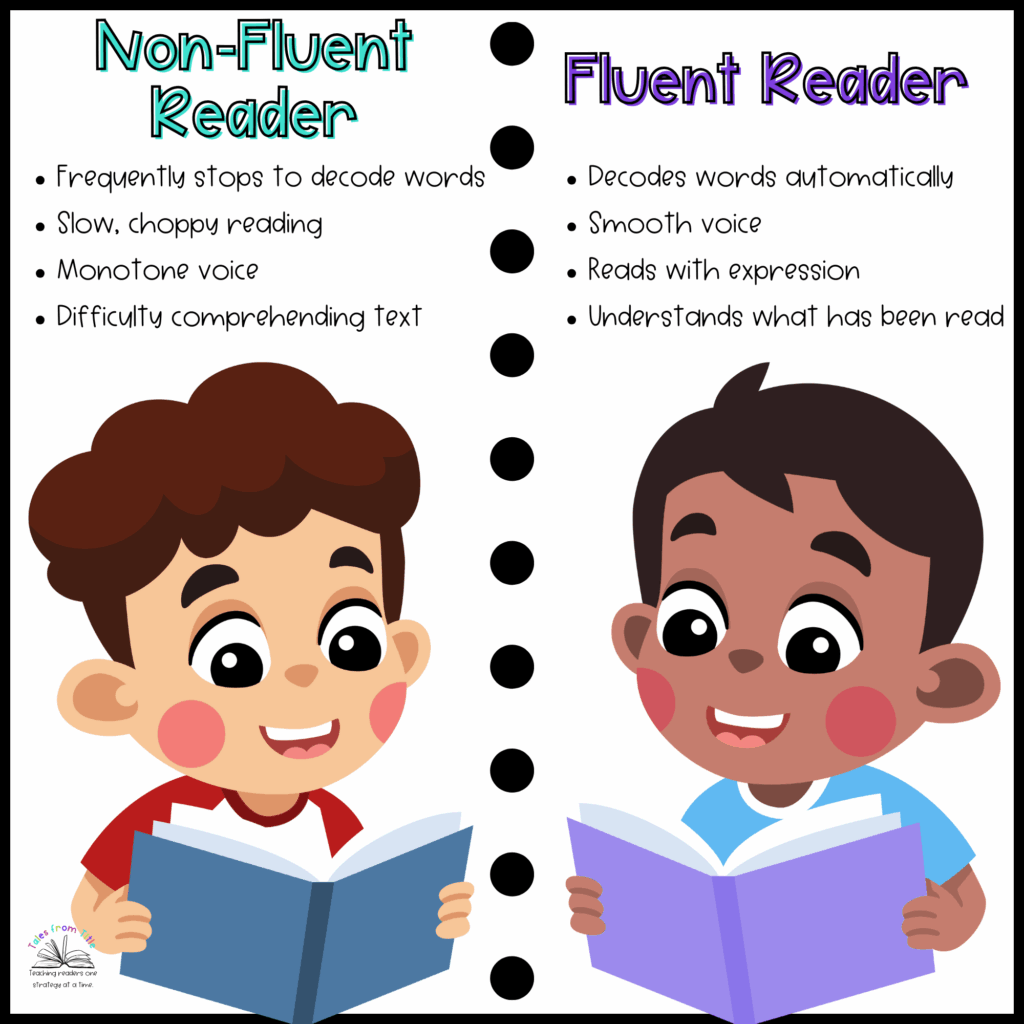
Long-Term Benefits of Reading Fluency
Academic Success
Fluency supports success across all subjects, not just reading. Whether tackling word problems in math or interpreting historical documents, fluent readers have a significant advantage.
Confidence and Motivation
Fluent readers often develop greater confidence. They’re more likely to volunteer to read aloud and participate in discussions about what they’ve read. This confidence fuels their motivation to read more, creating a positive feedback loop.
Future Literacy Skills
Fluency lays the groundwork for lifelong reading habits and fosters critical thinking skills essential for navigating increasingly complex texts as students progress through school.

Fluency Challenges in the Classroom
Teachers often encounter barriers when helping students build fluency. Common challenges include:
- Decoding Difficulties: Identify patterns in students’ errors and use them as a starting point to improve decoding skills.
- Limited Vocabulary: Incorporate fiction and nonfiction read-alouds related to topics your class is covering in math, science, and social studies. Frequent and diverse exposure helps build vocabulary and understanding.
- Lack of Engaging Lower-Level Text: Use AI tools to rewrite texts at the appropriate level when engaging or leveled texts aren’t available.
- Infrequent Models of Fluent Reading: Read aloud to your students daily, sharing your favorite books and modeling fluent reading.
Strategies for Supporting Fluency in the Classroom
Here are some effective ways to help students improve fluency:
- Model Fluent Reading: Regular read-alouds emphasize expression, phrasing, and pacing.
- Repeated Reading Activities: Encourage students to reread passages to build speed and confidence.
- Partner and Choral Reading: Pair students to read together or have the whole class read in unison.
- Incorporate High-Interest Texts: Use engaging texts that motivate students to practice fluency.
- Leverage Technology: Tools like Read Naturally or audiobooks offer additional practice and support for developing readers.

Conclusion
Fluency is a cornerstone of reading success, connecting foundational skills like decoding to higher-level comprehension. By prioritizing fluency instruction, teachers give students the tools they need to excel not just in reading but across all academic areas.
What strategies do you use to build fluency in your classroom? Share your ideas in the comments.
Looking for a way to help your students set meaningful goals and take ownership of their journey to becoming fluent readers? Download our free Oral Reading Fluency Goal-Setting Page – a simple tool to track progress, celebrate growth, and keep students motivated every step of the way!
